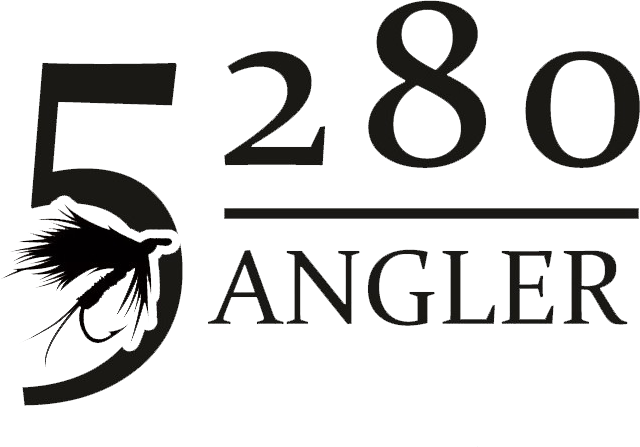
With the myriad of flies available, how do you narrow things down without having to buy a bunch of different patterns? While there are specific local patterns that can be very effective at times, for the most part there is a ‘cliff notes’ of flies that will work in most cold weather situations in most rivers.
Since water temperatures are very cold and fish are cold blooded, their metabolism slows in the colder months and their activities slow down to save calories/energy as much as possible. Typically, you’ll find winter fish in the slower/deeper runs, although some will move into a little shallower/faster water or up in the water column to feed during hatches. Daily hatches will mainly occur in the 11am-2pm window after water temperatures have increased a bit. Midges will be the only hatches when water temperature are lower than the mid 40s, and Blue Wing Olive (BWO) mayflies will hatch with higher 40s water temperatures. Some stoneflies will molt in mid-winter and become more exposed to fish, and many rivers have a small dark stonefly hatch in late winter.
NYMPHING
1st, start with an attractor
– Eggs, San Juan Worms, Scuds (in tailwaters)
2nd, add one or more ‘match the hatch’ option
Midges:
-Jujubee (black or red), Rainbow Warrior (pearl or black), RS2: (gray), Black beauties / mercury black beauty, Miracle Midge, Mercury Midge – Sizes 20/22
Stoneflies:
-16 golden stonefly (Mid-winter), 18 black stonefly (Later winter)
BWO Mayflies (usually late winter/early spring):
Jujubaetis, Chocolate Thunder, RS2 (olive or gray) – Sizes 20/22
DRY FLIES
Parachute Adams – 20/22/24 (midges and BWOs), Griffiths gnat – 20/22 (midges), Comparadun /Sparkle Dun – 20/22 (BWOs)
Good luck and get out there this winter!
Tom Caprio – Guide 5280 Angler
